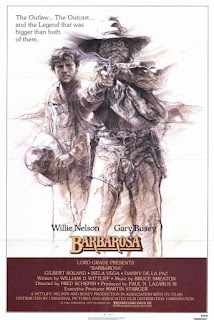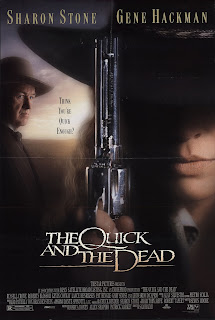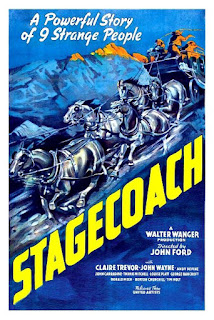The Suicide Squad (2021)

Warner Bros. seems to have no idea what to do with the DC brand. It has been trying harder and harder to compete with Marvel and they fail almost every time. It's not because they are hiring the wrong directors or actors, or even the wrong scriptwriters; in fact, if they actually made what was in the script more often, the DCCU would be right up there with Marvel. It's just that they never seemed to have grasped what made the two Tim Burton Batman movies and the three Christopher Nolan ones stand out. It wasn't grim settings and plodding drama, but in the former a great sense of dark humor (which replaced the campiness of the television show) and the latter, for the most part, good story telling. Instead when Batman was brought back after Nolan's trilogy was completed he had issues. Superman also has issues. Lois Lane has issues. Everyone has issues, and everything goes boom, in a washed-out color palette that looks like everything was fil...










